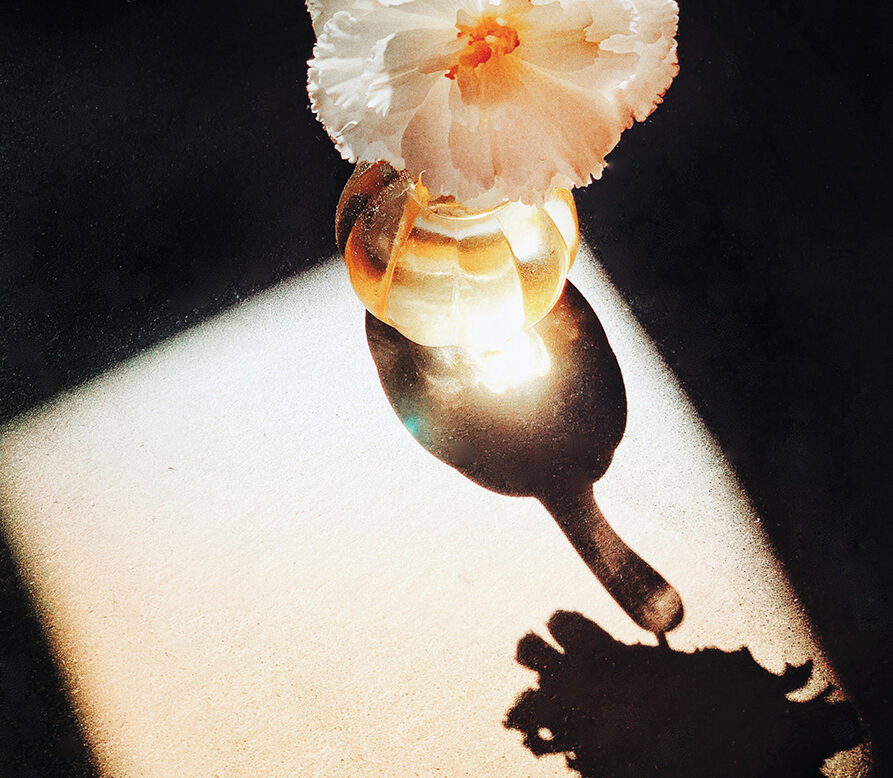
I live in a house where books are subject to a strict and laborious ordering system, enforced by my partner. All, that is, but my gardening books, which are arranged like the contents of the shed: in a gravity-defying chaos only I understand.
Recently, I had a clear-out. The sprawl was becoming intense, creeping on to the desk and the windowsill, mounting up on once-clear surfaces. Few publishers, it seems, are gardeners. The latter know that the most dedicated reading period of the year is winter, when the days are short and the ground is hard and there’s not much to be done. The former pump out books in spring and summer, when the garden is too demanding to be read about.
Still, I have got through a few of them. Most memorable was The Morville Hours by Katherine Swift, which I read while the nights were still long and locked down. Released in 2008, it’s a strangely enticing story of how Swift gave up her job as a rare books librarian and dedicated herself to a sprawling garden on a Shropshire estate, written through the prism of a medieval book of hours. Religion, history and seasonal change collide with a steady beat; it’s a book that can’t be read swiftly, and lingered long after I finished it. I fold down page corners at good bits, and the edges of my paperback copy are pleated like origami.
[See also: In the wake of a locked-down year, the seasons feel out of kilter]
I encountered The Morville Hours through the recommendation of Elisabeth Plumlee-Watson, an Ohio-based bookseller who started sending beautifully curated seasonal reading lists this year in newsletter form. I read them, learn lots of interesting things, and then buy books I can’t fit on my shelves. (I recommend you sign up at elisabethplumleewatson.substack.com.)
The books I consider part of my gardening “library” often aren’t technically about gardening at all. Much like gardens, they are about earth and matter and the people who do something with them. And so it is with Suzanne Simard’s Finding the Mother Tree, a fascinating memoir-cum-manifesto from the scientist who discovered that forests communicate through mycelium networks, or a “wood wide web”. To make a garden takes a certain kind of persistence; to endure decades of belittling sexism while growing a forest to study is a Herculean task. If you also find yourself returning to Robin Wall Kimmerer’s work, I recommend you read Simard’s; they dovetail in unexpected ways.
[See also: There is unfathomable hope in building a garden in the face of death]
Many gardening books are heavy, glossy, coffee-table affairs, stuffed with golden-light landscapes. I’ve nearly always found more meaningful offerings in the ones with fewer pictures. This year’s exceptions include Alys Fowler’s Eat What You Grow, which is as beautiful as it is useful in explaining how to create a polyculture garden, where edible flowers and crops grow side by side. During May, it lived on my kitchen table, where I happily devoured pages as I did meals, discovering I could eat tulip foliage and rethinking all my preconceptions about growing vegetables.
This year there have been a couple of releases that suggest we could be on the brink of a new kind of gardening book. Rough Trade’s publication of four pamphlets in April showed how narrow horticultural publishing can be. In particular, Horticultural Appropriation by Sam Ayre and Claire Ratinon is a conversation between an artist and a grower and writer, respectively, that exposes and interrogates the colonial heritage too many British gardening establishments are afraid to acknowledge. The summer marked the release of the Brixton Botanical Map, a brilliant, dual-purpose map created by Sasha Morse and Emily Rand. It celebrates the south London area’s tucked-away community growing spaces and parks, but also plainly explains how colonialism has shaped the UK’s horticultural history.
When we hear different gardening stories, the act itself becomes more meaningful; it allows us to dig deeper. I hope we hear more of them in 2022. Radicle, a new endeavour by gardener Sui Searle, is a platform that invites garden writing from fresh perspectives. I look forward to seeing how it grows.
[See also: How do you preserve the history of something that lives and dies each season?]
This article appears in the 24 Nov 2021 issue of the New Statesman, The Agent of Chaos






